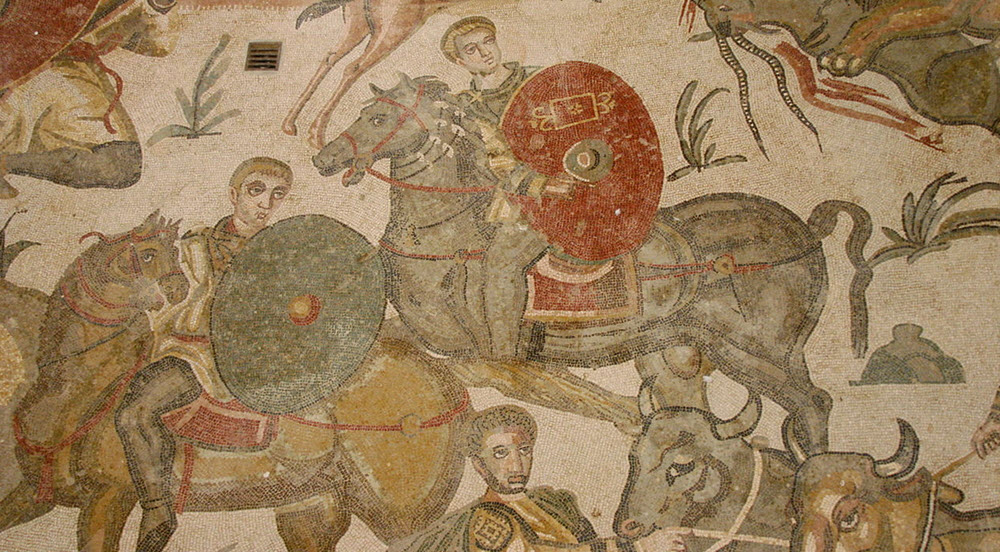Auxilia was supporting troops to the Roman army. These soldiers were not Roman citizens but were recruited from among the Gauls, Germans and other peoples whom the Romans had defeated and occupied among their allies.
Auxilia was organized in regiments with about 500 men. Auxilia consisted of everything from the army cavalry, light infantry, archers and other specialists.

The Roman auxilia consisted of non-citizens. In the first century CE, around 90% of the population of the Roman Empire were not citizens of Rome. This meant the auxilia were critical in expanding and defending Rome’s territories. The auxilia were established by Augustus when the principate was founded, in roughly 30 BCE.
Auxiliary soldiers were recruited from non-Roman tribes. The name means “helper”, and they helped the Roman legionary troops. They did this by providing extra manpower and specialized combat techniques. The term auxiliaries come from the Latin word ‘auxilia’ which means help. Auxiliary soldiers provided Army cavalry and light infantry. The soldiers were granted citizenship in the Roman Empire when they retired.
Auxiliary regiments consisting of large groups of Auxiliary soldiers were attached to a legion. Usually, there were as many auxiliary soldiers as there were legionaries in the group. It was the commander of the legion who ruled over the whole group.
The task of the helping soldiers was to protect the legionaries in battle. They did this by fighting side by side or in front of them.
Auxiliary soldiers
Auxiliary soldiers often specialized in archery and horseback riding. The archers were recruited from Syria, Scythia and Crete. The mounted infantry was recruited from tribes that already had experience with horses and riding.
There were different kinds of auxiliary troops. Light infantry had only a few weapons. Cavalry soldiers rode horses.
The uniform usually consisted of a mail or scale shirt over their tunic. Some even wore leather or wool trousers. The helmets were reminiscent of those worn by the legionaries. Their shields were oval and made of leather and wood.
Each regiment was led by a prefect or tribune, who answered the legionary commanders. Like the legions, the auxiliaries had numbers and names. Part of the name showed where the device originally came from, then the name of the leader was added and finally, a number.
By the end of the second century AD, the auxilia outnumbered the legionaries.
- Year 24 CE the distribution of soldiers was; Legions 125,000, Auxiliaries 125,000, Praetorian Guard 5,000. That was a total of 255 000 soldiers.
- In 130 CE, the distribution of soldiers was; Legions 155,000, Auxiliaries 218,000, Praetorian Guard 8000. That was a total of 381,000 soldiers.
- By the year 210 CE, the distribution of soldiers was; Legions 182,000, Auxiliaries 250,000, Praetorian Guards 15,000. The total was 447,000 soldiers.
When a soldier joined the auxilia, he would not be stationed in the province where he was born. It was to avoid if there was a war in that area, the soldier would not sympathize with the rebels there.
By joining auxilia, each soldier received a salary of 750 sestertii. It was about 150 sestertii less than what the legionaries received. If you came from a poor family, it was a good income. In addition, they received citizenship and a pension when they finished their 25 years of service in the army.
